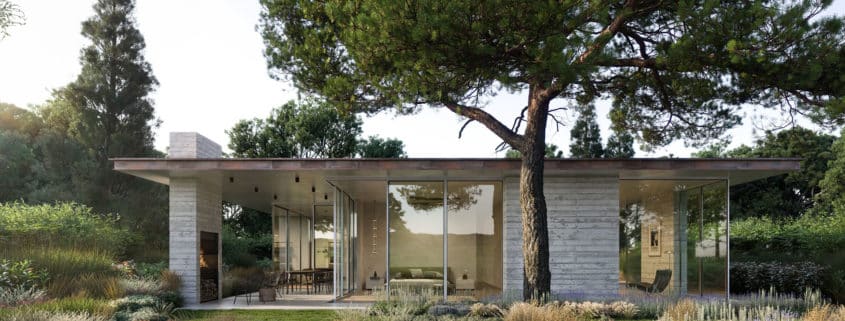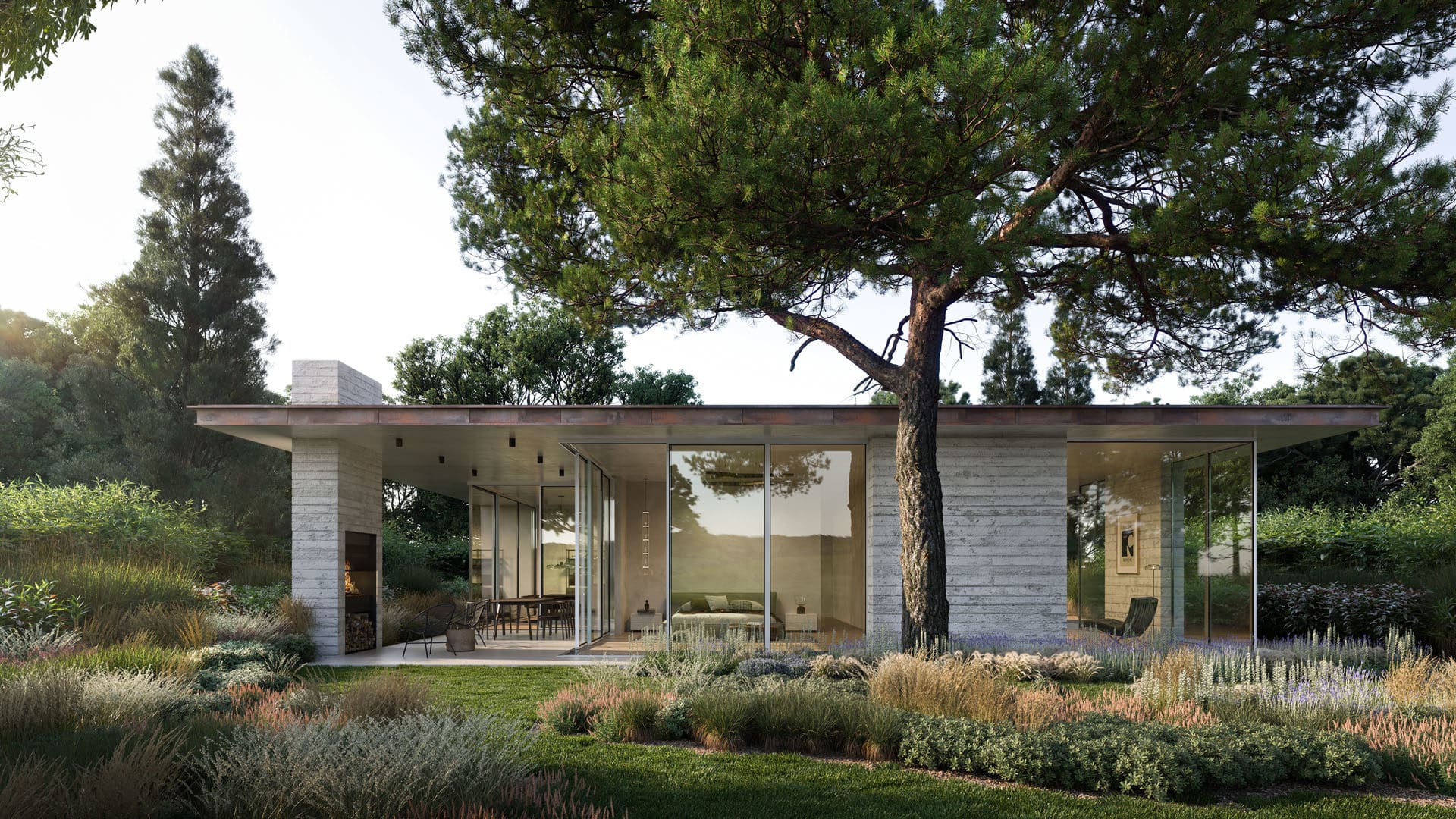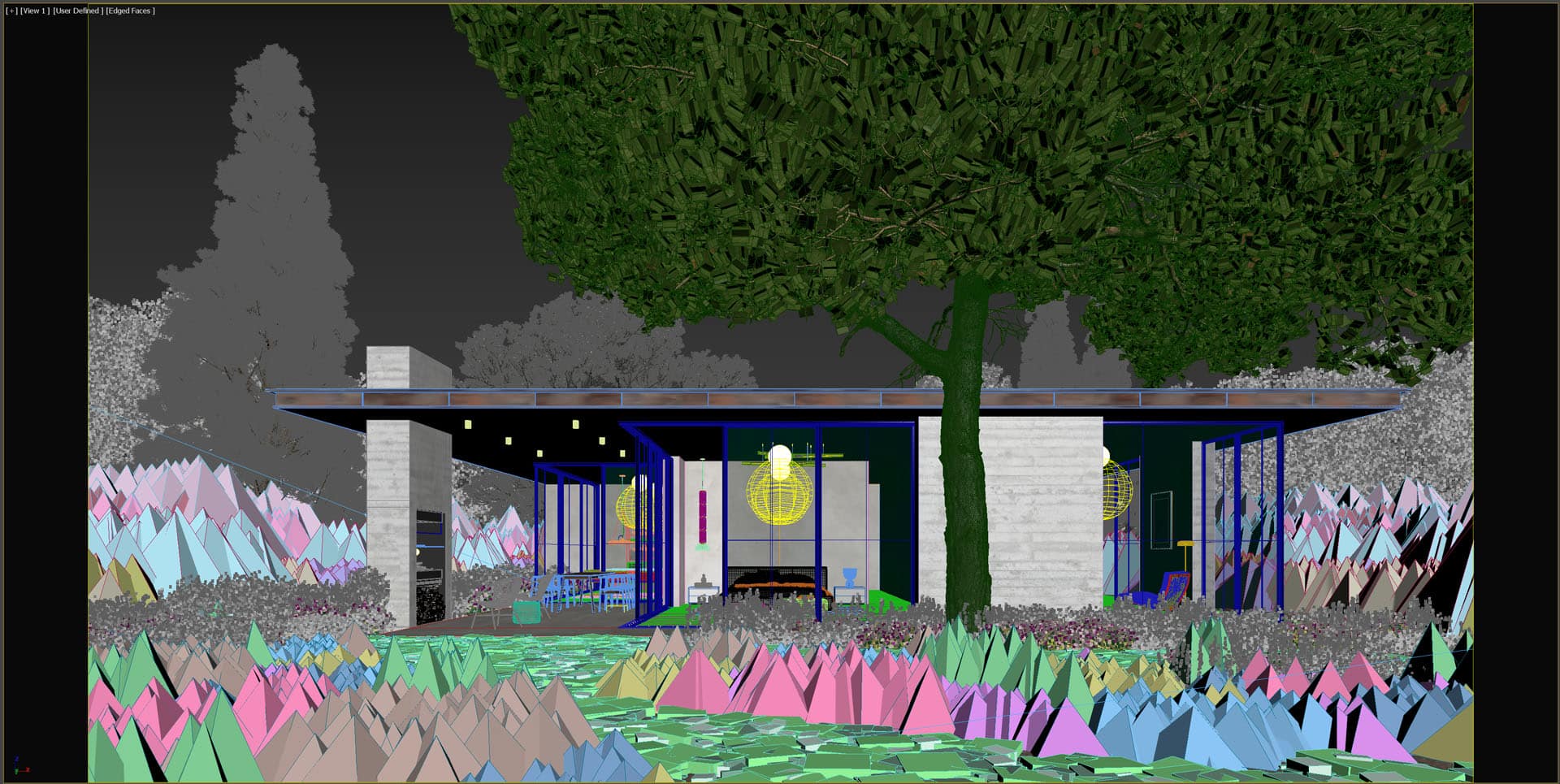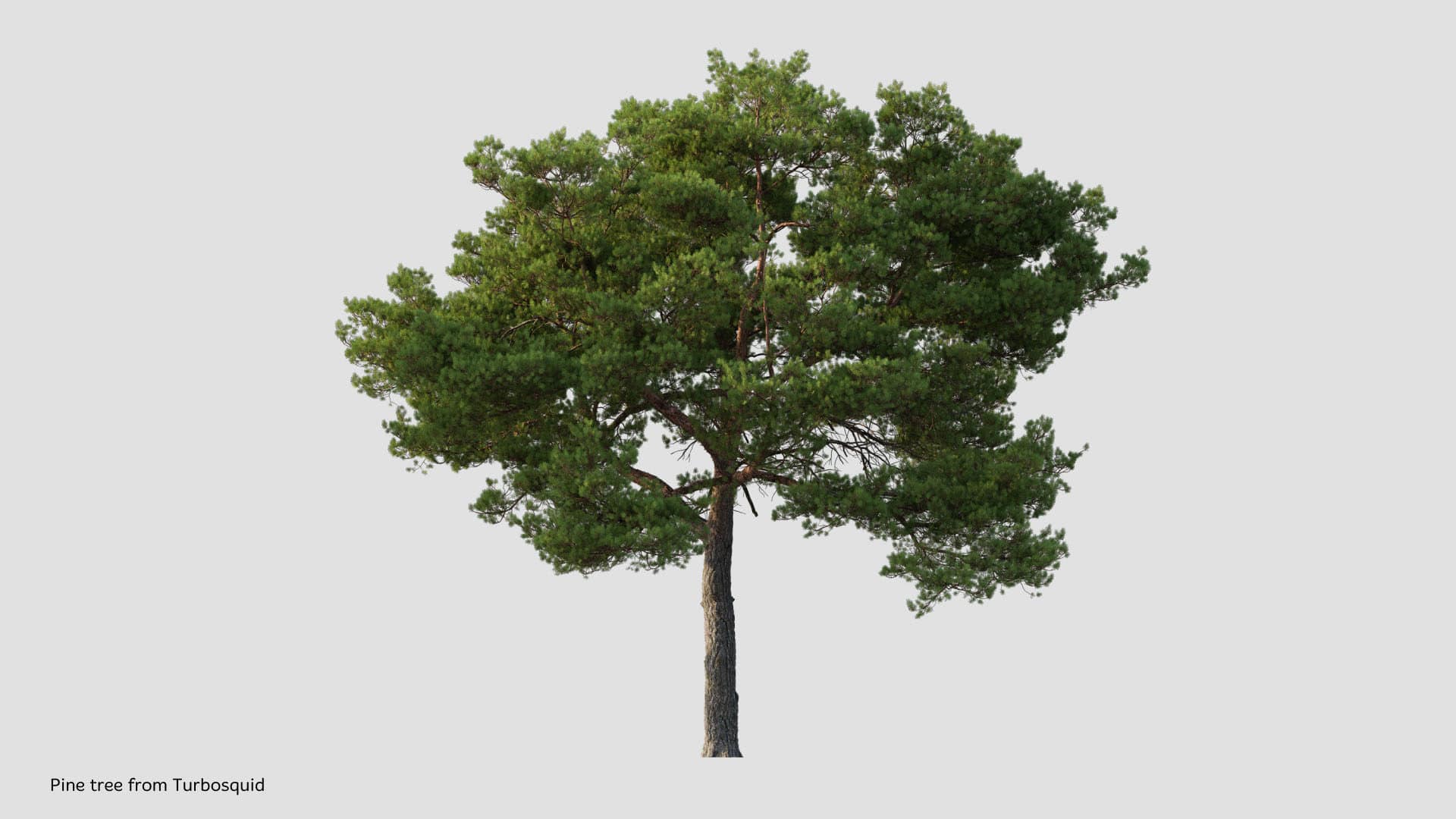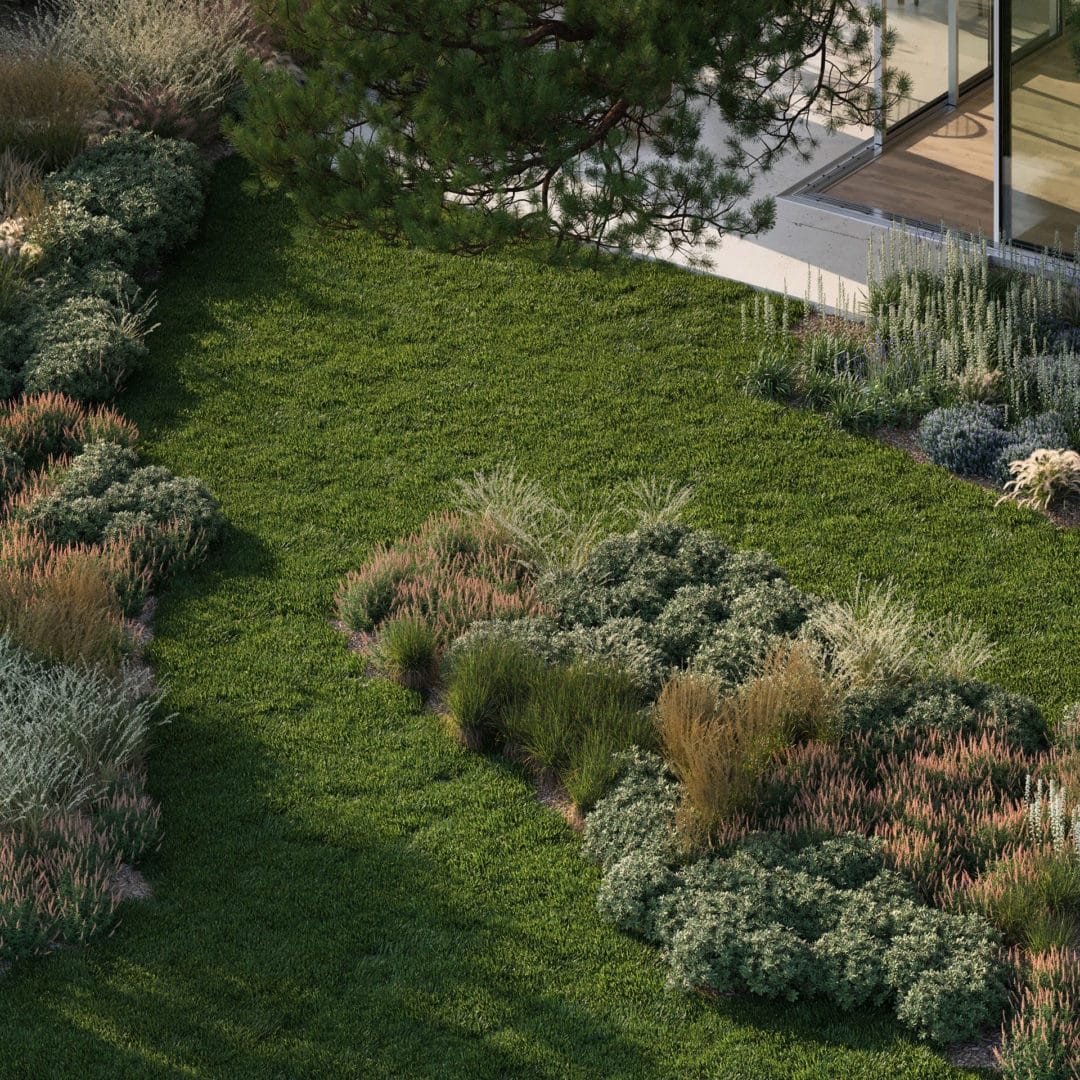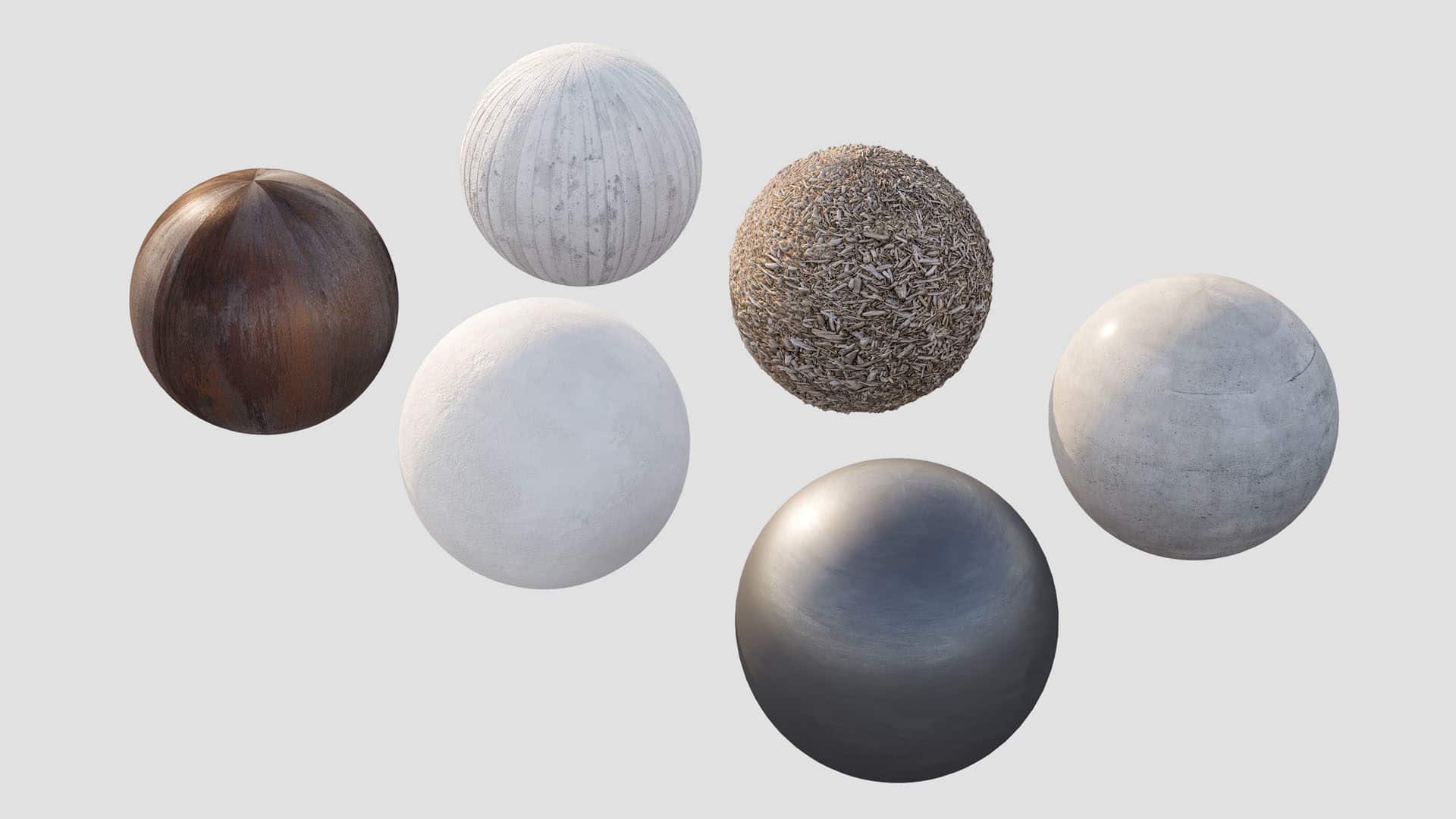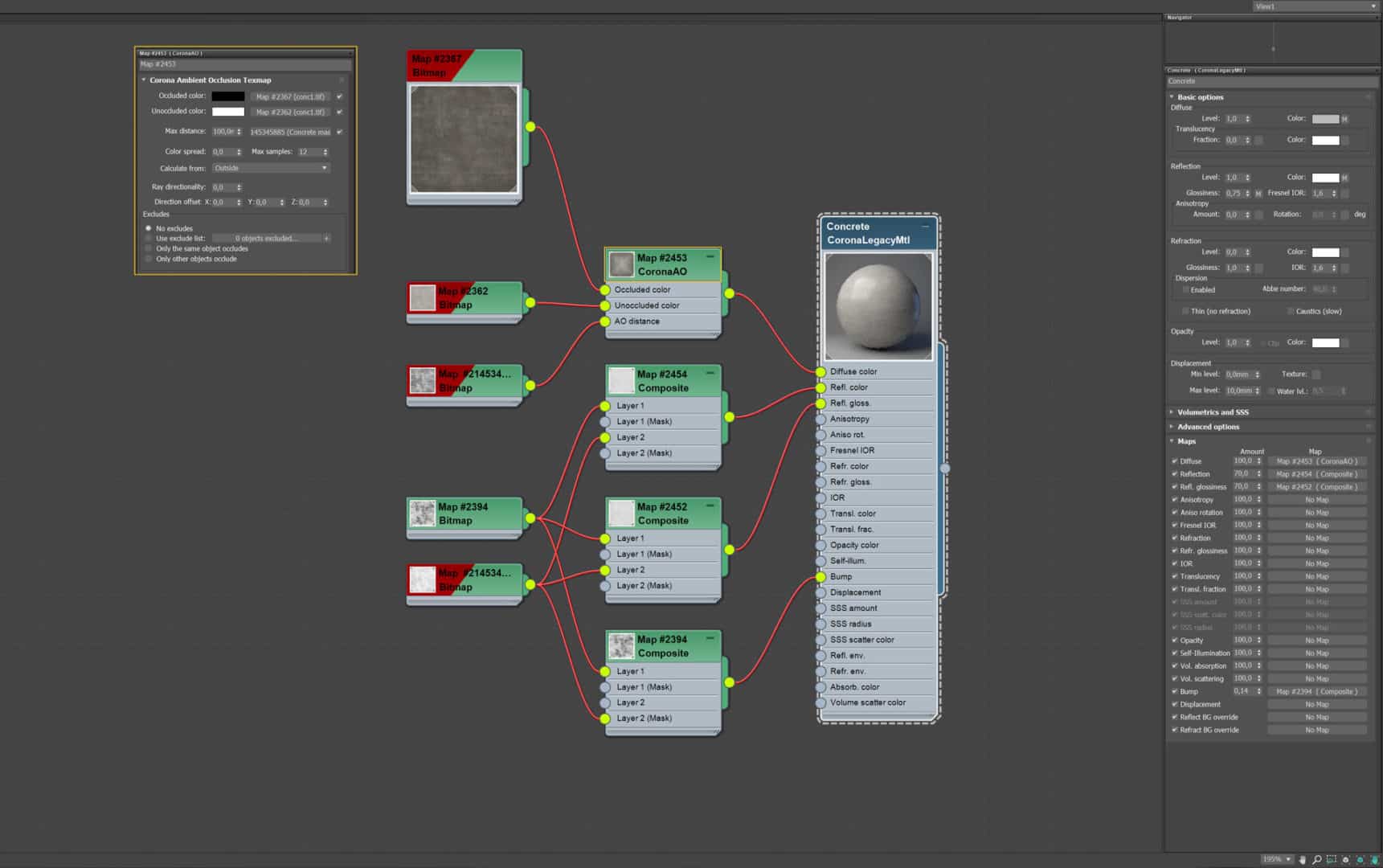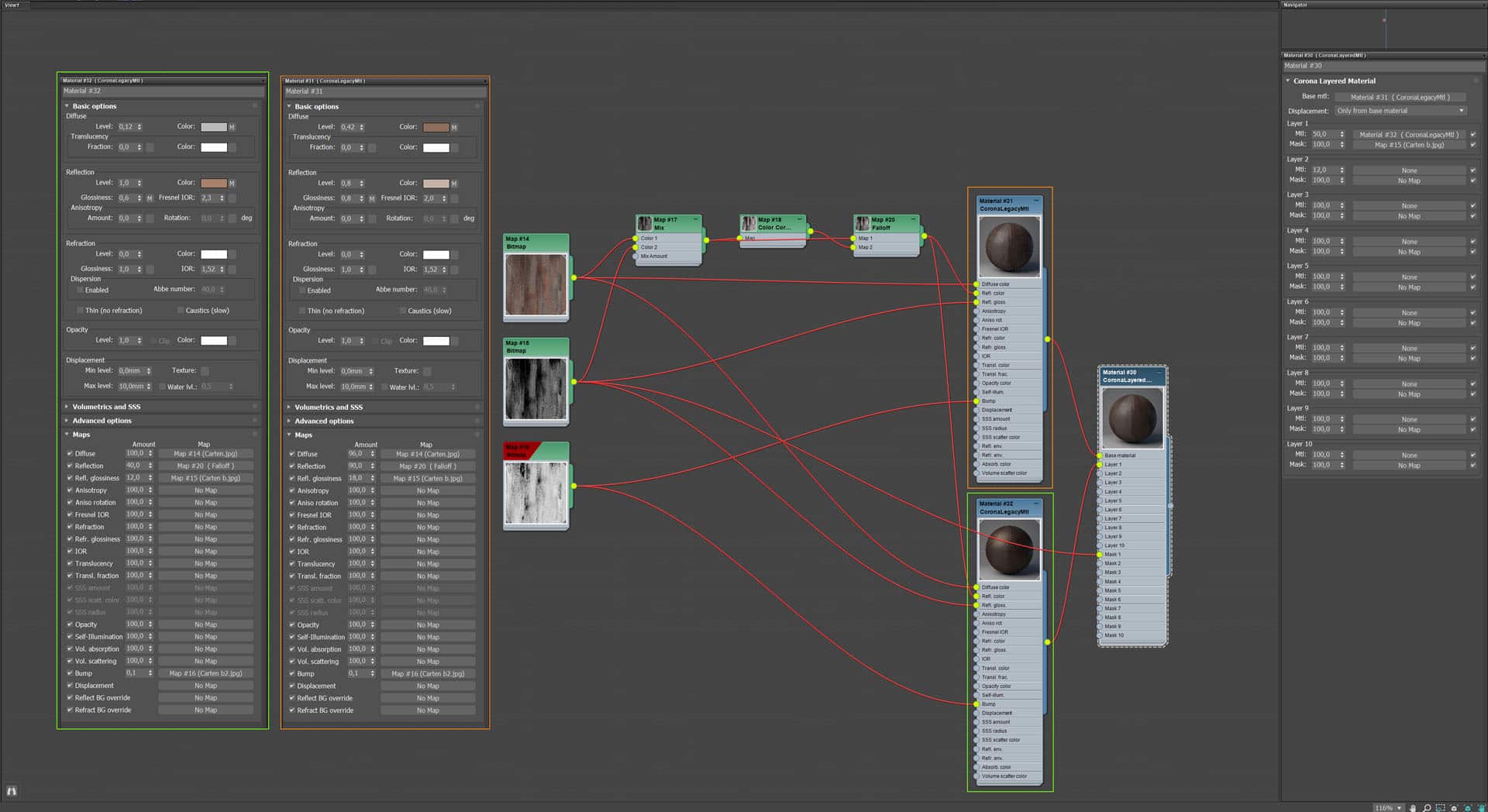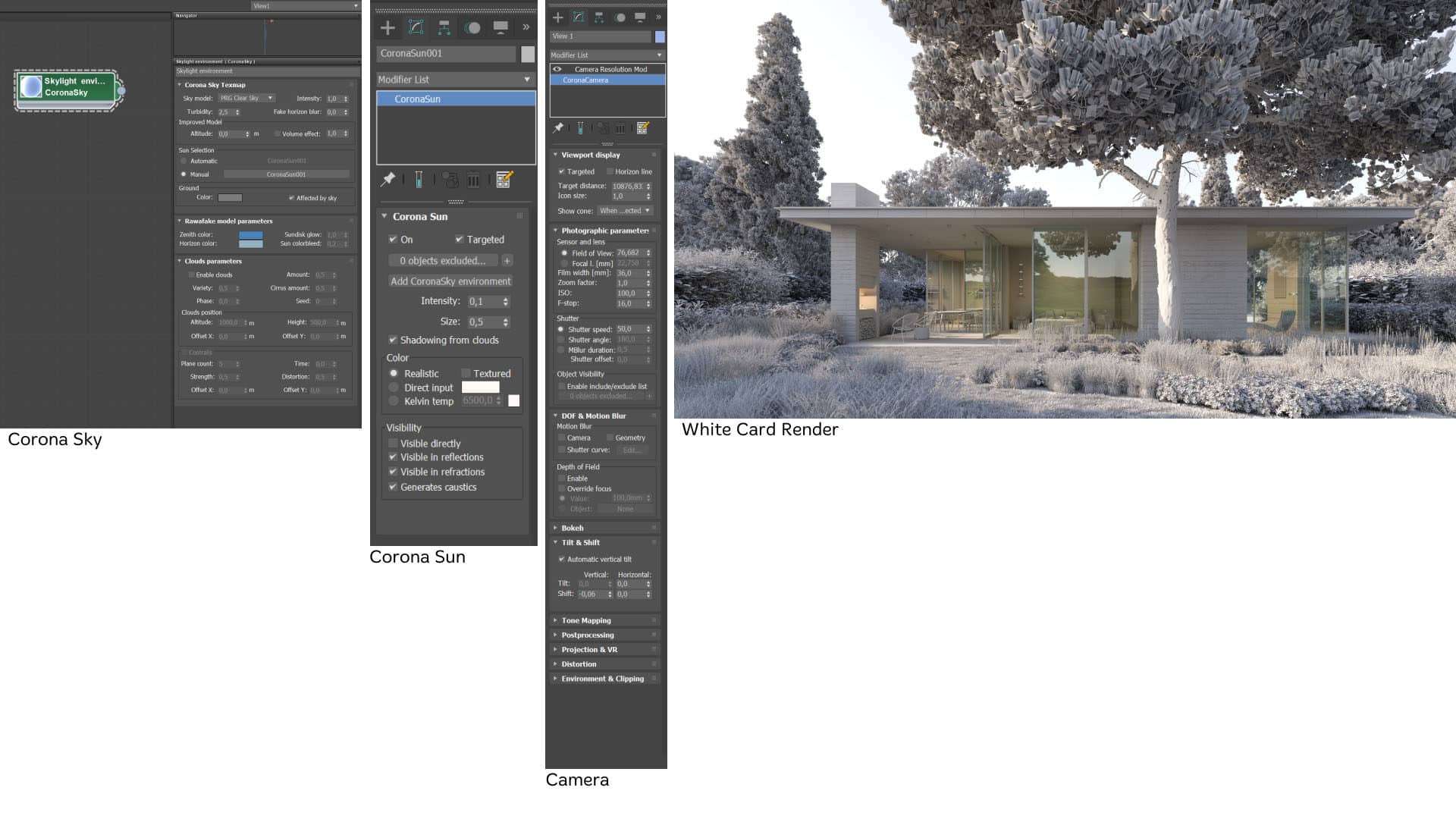Making of La Casa Nell’erba
/in Making-Of, Tutorials 3ds max, mesh FStormRender, Photoshop /by Ronen BekermanMAKING OF by Descover Studio
The Making of La Casa Nell'erba, a Modern House with a Natural Twist
Discover the secrets behind creating a stunning architectural visualization project in this in-depth article by Descover Studio. Learn about the gathering and use of reference imagery, the process of 3D world-building, the creation of textures and materials, the importance of lighting methods, and the post-production workflow used to achieve a photorealistic result
Reading time: 6 min 54 sec
You’ll also get a glimpse into the tools and techniques used by the team to bring this project to life, as well as some valuable tips and best practices for your projects.
Enjoy!
Introduction
La Casa Nell’erba, a contemporary residence by Descover Studio, embodies a design philosophy that celebrates the natural landscape. The house harmoniously integrates with the environment while showcasing its unique and captivating natural features.
The studio’s approach prioritizes the relationship between the dwelling and the landscape, creating a seamless bond. The construction of the house utilizes simple yet striking materials, including concrete, corten steel, stone, and glass.
Descover Studio employed several design strategies to maximize the site’s potential, such as orienting the bedroom wing to the southwest to capture the morning light and optimize the landscape views. Additionally, the house boasts sliding glass doors that effortlessly connect the living spaces to the natural surroundings, inviting a sense of calm and serenity indoors.
The design also incorporates multiple hidden courtyards that offer intimate glimpses of the lush vegetation and encourage exploration and wonder. The garden, located by a grand heritage pine tree, provides a peaceful retreat and a visual delight for residents and visitors alike.
Table of Contents
Gathering References
Gathering and working with references is essential to any creative design work, including architectural visualization. In the case of La Casa Nell’erba, our team conducted extensive research and used many studies to gather visual references before finding the inspiration for the project. We looked for buildings surrounded by beautiful gardens filled with local trees, bushes, and flowers, allowing people to connect with nature and enjoy it continuously.
Gathering various visuals when using reference imagery in creative work is essential to create a comprehensive and diverse reference library. This library should include images of the design concept and inspiration from other sources such as art, nature, and architecture. The more varied and diverse the references, the more creative and unique the final design.
It’s also essential to critically analyze the reference imagery to identify the elements that make them compelling. By doing so, designers can incorporate these elements into their designs while maintaining their unique style and vision.
Additionally, it’s crucial to communicate effectively with the team and clients about the reference imagery used as the basis for the work. This allows for a shared understanding of the design concept and can help streamline decision-making.
Finally, it’s important to remember that reference imagery should be used to inspire and inform the creative process, not to copy or replicate. A well-researched and diverse reference library can provide a solid foundation for a unique and inspired design that seamlessly blends into its surroundings, as seen in the case of La Casa Nell’erba.
3d World-Building
3D world-building is an essential process in architectural visualization that involves modeling the building and the surrounding environment to create a realistic and immersive experience for viewers. We use Autodesk 3ds Max, which allows for precise modeling and manipulation of elements within the scene.
In addition to modeling the building, 3D world-building requires incorporating various landscape elements, such as trees, grass, and other vegetation. To achieve this, designers often use models from external sources such as Maxtree, Globe Plants, or Turbosquid, with minimal corrections to their materials to fit seamlessly into the scene.
In this rendering, the Descover Studio team utilized tree models from Maxtree Bundle #25, grass models from Maxtree Bundle #20, #27, #33, #45, and #60, and vegetation models from Globe Plants Bundle #12 and #26. By utilizing these pre-made models, architectural visualization artists can save time and focus on the more critical aspects of the design process.
To create a more realistic and natural environment, the team at Descover Studio utilized iToo Software’s Forest Pack plugin. This plugin allows visualization artists to populate the scene with many objects, such as trees, rocks, and other vegetation, to create a dense and immersive environment.
Forest Pack offers advanced settings that allow precise control over each object’s placement, scale, and orientation, allowing designers to create unique and dynamic environments.
Texturing & Materials Creation
In the case of La Casa Nell’erba, the team at Descover Studio used a combination of different textures and masks to create the final result. This process involves analyzing reference images to find the most suitable textures and materials, then combining them to mimic real-world surfaces.
The team also paid attention to the materials used in the scene, focusing on concrete and corten steel. Concrete is popular in modern architecture due to its durability, strength, and versatility. In the rendering of La Casa Nell’erba, the concrete was treated with a texture that added depth and variation to the surface.
Corten steel, on the other hand, is a material that has gained popularity due to its natural-looking, weathered appearance. In the rendering, the corten steel was used in a way that complemented the surrounding landscape and created a harmonious relationship between the building and its environment.
Lighting
Rendering

Post Production
Post-production is an essential process that can significantly affect the final output of any 3D project. In the case of the La Casa Nell’erba project, the team adjusted the color correction in Photoshop and its Camera Raw Filter to achieve the desired effect. Even though they tried to get as close as possible to the outcome at the rendering stage, they still had to finalize the desired result with the help of adjusting the color gamma and the reflection and inserting some elements such as fire and sun glare.
The post-production process is highly dependent on the purpose of the project and the artist’s approach to delivering optimal and efficient solutions to the task at hand. For instance, the path to post-production may vary for projects intended for marketing and advertisement purposes and those meant for academic or research purposes. In some cases, 2D elements in post-production may be auxiliary, while in others, they may be central to the entire process.
In the La Casa Nell’erba project, the team used 3D as the backbone and 2D elements in post-production as an auxiliary. The process involved adjustments to the color gamma and reflection and adding elements such as fire and sun glare to achieve the desired effect. The team’s approach to post-production was highly effective, and the final product was a realistic and aesthetically pleasing representation of their initial vision. A video demonstrating the progression from the RAW render to the final product showcases the effectiveness of their approach.
Final Comments
In this article, we explored the process of creating a photorealistic architectural visualization of La Casa Nell’erba. We started with gathering and working with references, followed by the 3D world-building process, texture and material creation, lighting methods, and 3D rendering process. Finally, we discussed the post-production process and how it can enhance the final result.
Using Autodesk 3ds Max software, we combined models from various sources, such as Maxtree and Globe Plants, to create a detailed 3D model of the building and its surroundings. We paid particular attention to textures and materials, combining them with masks to achieve a realistic effect.
Lighting played a crucial role in achieving photorealism, and we used Corona Sun and Corona Sky to illuminate the scene. For interior lighting, we used regular Corona Light. We also used basic LUT Kim_Amland_Photographic_01 to apply to our renders.
Post-production was a necessary step to achieve the final result, which we accomplished by adjusting color correction in Photoshop and adding elements such as fire and sun glare. We combined 3D and 2D elements to finalize the desired effect.
Despite the tight deadline, we are proud to have created a spectacular and photorealistic image using simple tools. We hope this article provided valuable information and insights into creating photorealistic architectural visualizations.
Happy to answer any questions or comments, so please feel free to ask; we will happily answer them in the comments section.
Thank you for dedicating the time to read our article!












